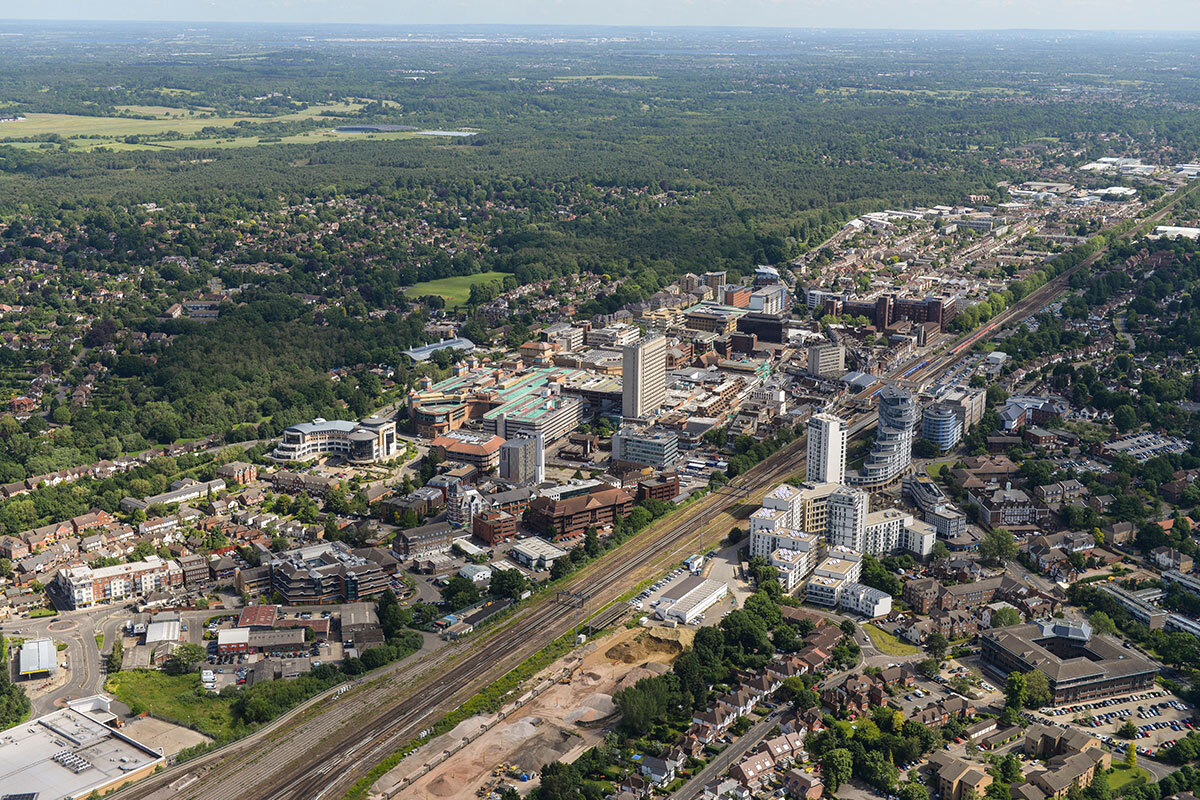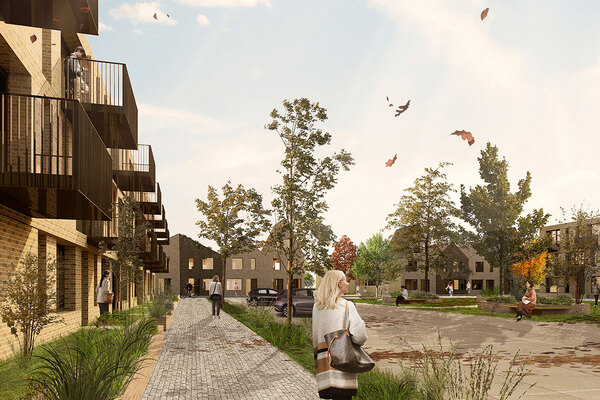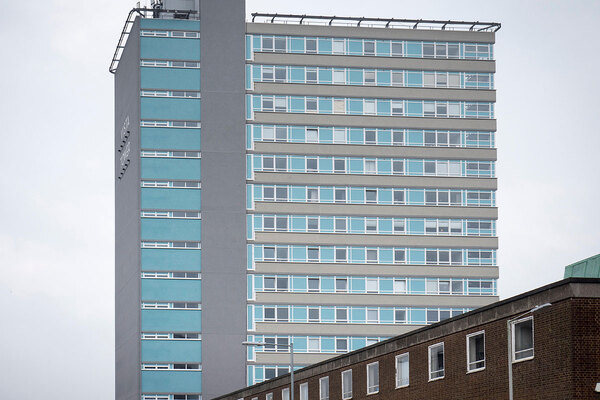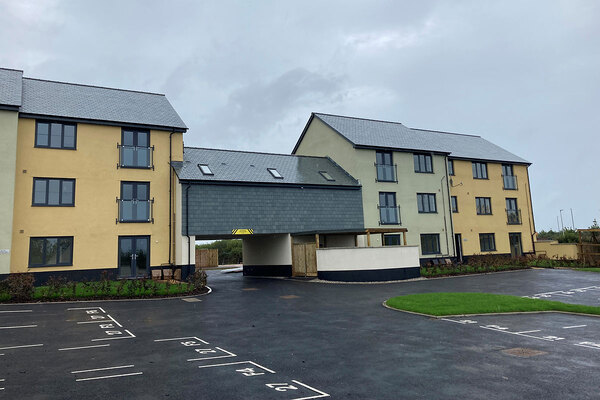You are viewing 1 of your 1 free articles
Estate regeneration is crucial to solving the housing crisis
Resident-led regeneration is the answer to creating the high-quality, high-density communities we need, write Freddie Poser and Bartek Staniszewski

Housing in the UK is in a sorry state. More than 300,000 people in the country are homeless and over 3,000 are sleeping on the street – many because they were evicted and cannot find an affordable place. The social housing system, designed ostensibly to relieve exactly this problem, simply doesn’t have enough homes available, and we’re not building enough. Last year, we built fewer than 10,000 social rented homes.
As a consequence, there are currently almost 1.3 million people stuck on council home waiting lists in England, and that number is increasing. The social homes we do have are often run down, inefficient and sometimes dangerous. Swathes of social homes built after the war are small, dark, cold and mouldy.
Fixing this should be a moral priority for any government. The problem is that it comes at a cost. Bringing these buildings up to modern standards — where it is even possible — can cost as much as £40,000 per home. Additionally, simply fixing the existing stock does nothing to alleviate overcrowding on estates or address the housing shortage, as it doesn’t add extra homes. New tools are needed to provide the social homes we need and fix the ones we already have.
The solution is estate regeneration – empowering communities to design modern homes fit for their needs, paid for by creating extra homes to sell. The model is simple: rebuild an estate more densely, which will provide homes for new and existing residents. Councils fund the new and improved council homes through building some more homes for market sale.
The gains can be so great that many London councils already fund large numbers of additional council homes with this model. The best schemes make a ‘one-move promise’, where residents are only moved out of their flat once their long-term new home is available. Residents get a modern, well-insulated and often more spacious flat while the new units help relieve pressure on council waiting lists and wider housing supply.
“At the cost of a few years’ disruption, people are being offered a home that is cheaper to heat, free of mould and, often, with more space”
These schemes can be incredibly successful. Since 2018, in London, councils have had to pass a ballot ensuring that at least half the current residents approve of the scheme. Of the 30 such plans, 29 passed on the first ballot, often with 80% or more supporting the changes. It’s not hard to see why. At the cost of a few years’ disruption, people are being offered a home that is cheaper to heat, free of mould and, often, with more space.
The schemes are also generally popular with neighbours. Brutalist high rises set imposingly in dark open space are replaced with modern, attractive blocks that improve the area.
The higher density these schemes achieve is key to their success. Housing density in the UK is the second lowest of any European country; the Portuguese build over 50% more homes per hectare than we do. This is a mistake.
First, the economic effects of greater housing density are impressive. The productivity of cities is driven by agglomeration effects – people living near each other has been a recipe for economic growth throughout history. In cities, people with good ideas can share and work together. Consequently, higher density causes both higher productivity and more innovation. Even in the age of Zoom and remote work, the economic engine of dense cities shows no signs of slowing down.
Second, density is also key to meeting our environmental challenges. It supports frequent transport links and allows people to live closer to amenities. It’s no surprise that people in cities are ten times less likely to drive to work than those who do not. This means that people living in cities produce around 80% lower emissions than those who live rurally.
“Estate regeneration schemes work best where residents are made true partners in the scheme”
Dense developments themselves are also more environmentally friendly. CO2 emissions from a detached house, for example, are almost three times higher than those from a tenement flat.
On the face of it, knocking down an estate and rebuilding it might seem disruptive and unfair to the people currently living there. But this is why estate regeneration schemes work best where residents are made true partners in the scheme.
People are rightly fiercely protective of their home and cannot be made to feel the council is making decisions about their lives without their say. With the use of ballots, however, the council can ensure that its regeneration project is going ahead only when it has something to offer that people feel they can say yes to.
In the future, we could start to see tenant-led schemes where those most affected come to the council with a plan for how their homes could be renewed.
These sort of win-wins can deliver more homes without the sort of backlash often associated with new developments. The trick is to give people the power to say ‘yes’.
Sign up to the Retrofit and Strategic Asset Management Summit
Learn how to develop long-term and joined-up strategies that simultaneously tackle energy efficiency, damp and mould, Decent Homes, building safety and fuel poverty.
Join over 500 sector leaders to ensure your capital investments go further and deliver healthy, warm and safe homes for all tenants and residents.










